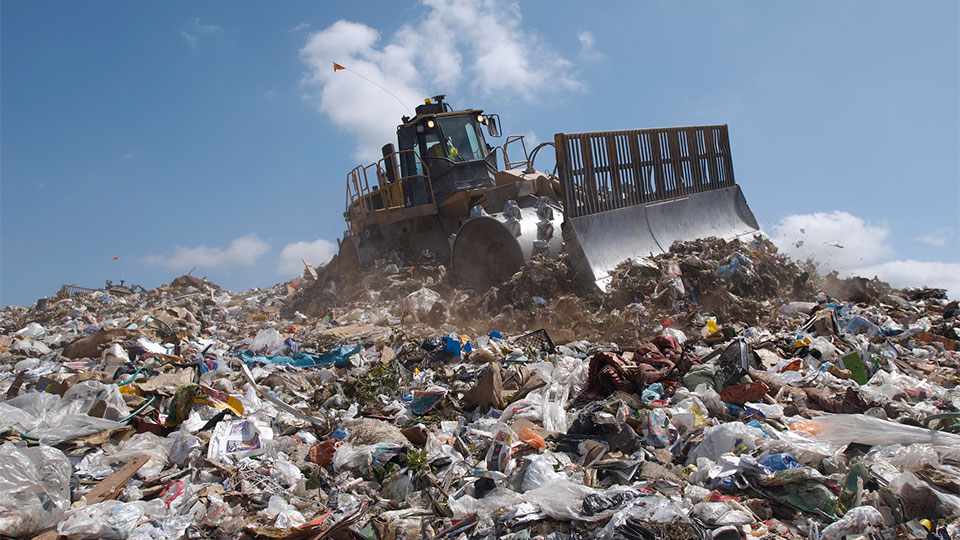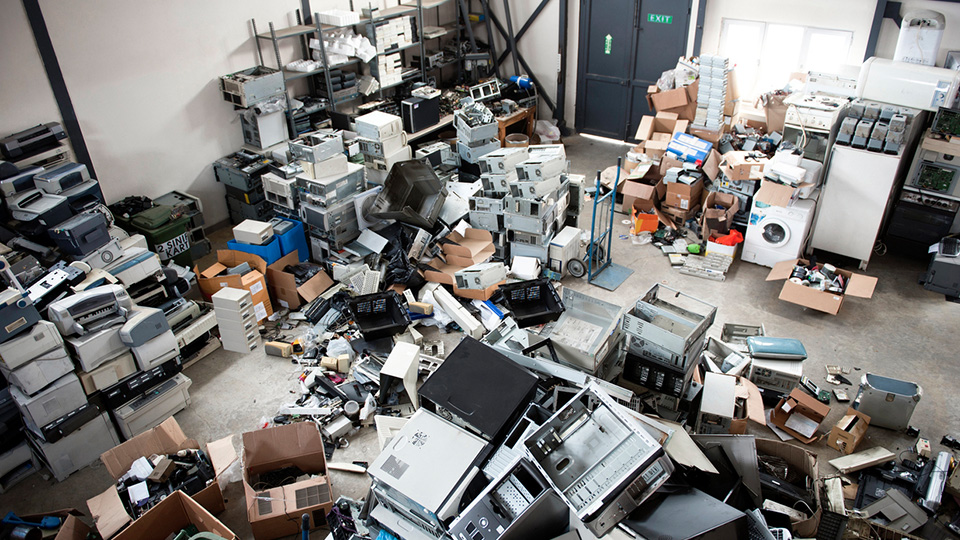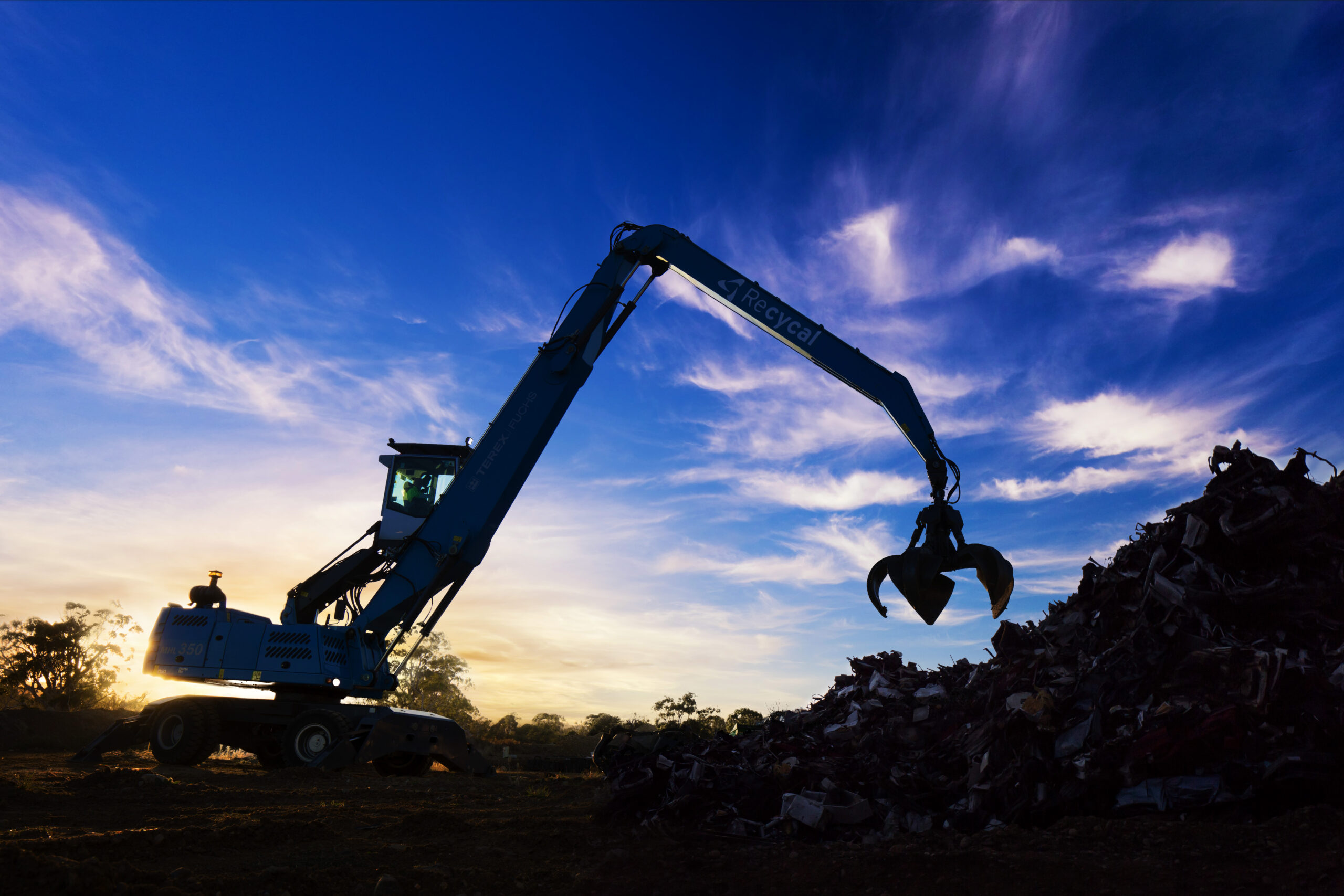Back when Joseph Swan and Thomas Edison where figuring out how to produce viable light bulbs, dealing with lighting waste wasn’t much of an issue. The light globes might not have lasted all that long, but the contents weren’t particularly nasty, and nobody would have given a second thought to throwing them away.
The Mercury Problem
Fluorescent tubes and mercury vapour lamps have been around for nearly as long, and many types of fluorescent lighting waste are considered hazardous waste. As a result, the US Environment Protection Agency recommends they be kept out of general waste and disposed of safely. (Hint: the safest way to deal with this type of lighting waste is to send it to us for recycling send lighting waste to us for recycling).
So lighting waste has become a bit of a problem. And even though older incandescent lamps may not be hazardous, they create their own waste problem. We go through light globes faster than Swan and Edison could ever have imagined. They contain glass and metal that is all recyclable, and these days landfill is becoming more and more expensive. There’s a good case to be made for recycling conventional lighting waste.
Here come the LEDs
Now the hottest thing in lighting is LED light globes. With their low power consumption and very long lifespans, they could well last for decades. So will that spell the end of lighting waste was we know it? Strangely enough, in the short to medium term, it may actually increase the volume of lighting waste. Why? Because a mini-industry has sprung up replacing old lamps with new LED ones, and as a result a lot of fluorescent tubes, compact fluorescent lamps and other types of lighting are being replaced before they reach the end of their working lives.
Did we mention that this new flood of lighting waste needs to be properly recycled? And that fluorescent lamp recycling is something that we are really good at?
But back to LED lights. Once all the old incandescent and fluorescent light bulbs and tubes, and high-intensity discharge lamps and mercury vapour lamps have been replaced by super-long life LED lights, will there still be any lighting waste?
Our prediction is that there will be. Lights that are on most of the time will still eventually burn out, and despite the claims made by some manufacturers, a lot of poorer quality LED lights have failed very early in the lives. We may not see as much lighting waste as we do now, but it will still exist.
And even though LED lights don’t contain mercury, it is still worth recycling them for the glass, aluminium and other metals they contain. And, of course, recycling is better than filling up land fill. So if you have any old lamps or globes to recycle, give us a call or fill out the form below, and help keep mercury out of our environment.





